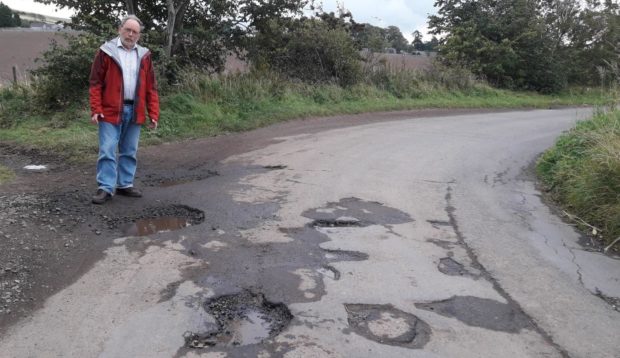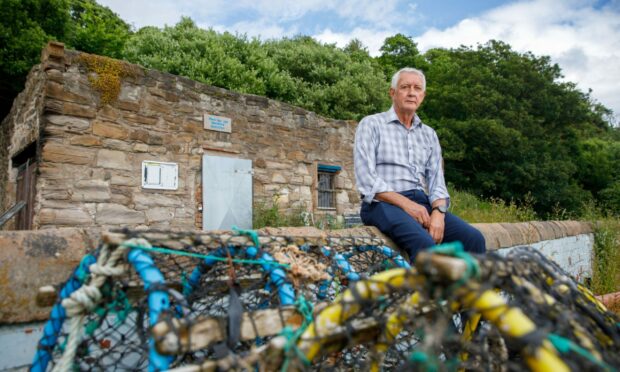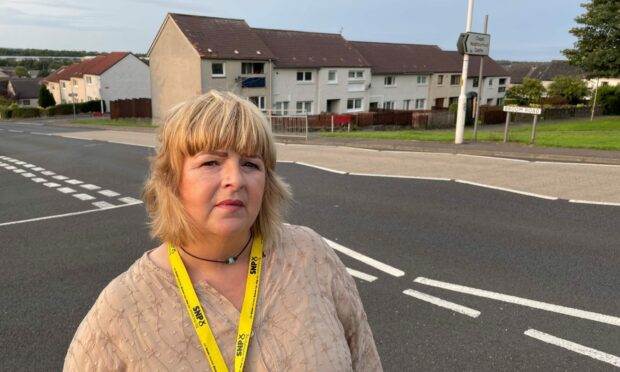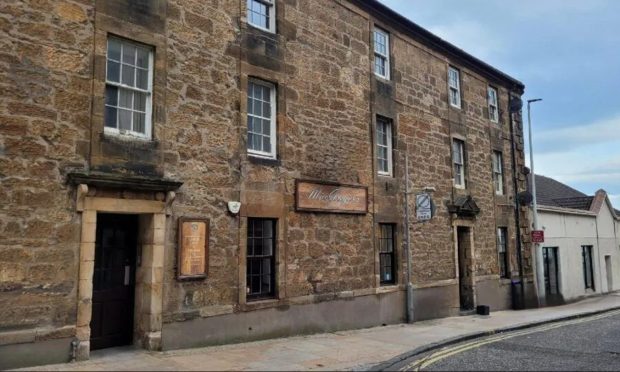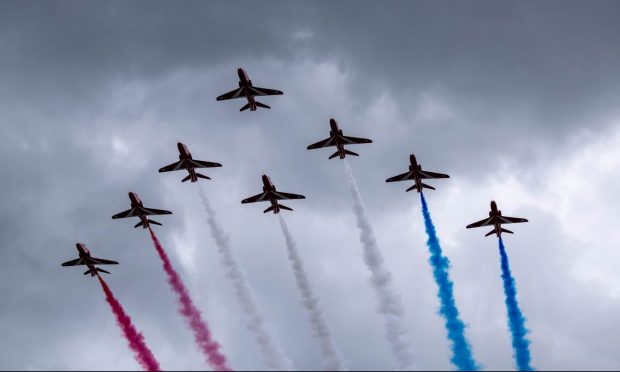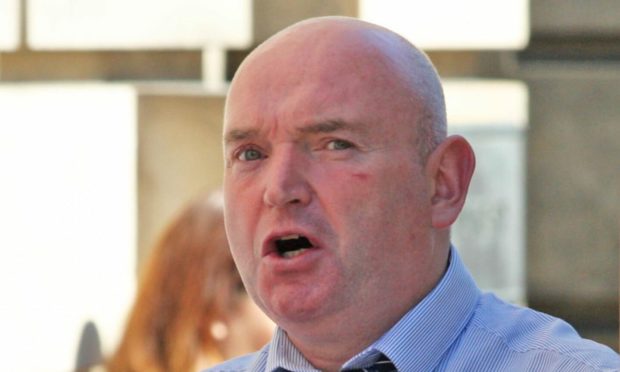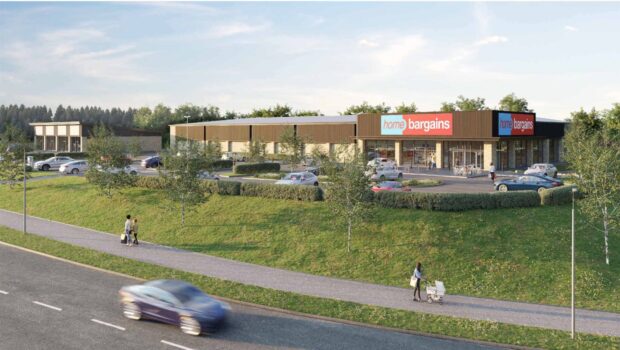The state of Fife’s roads has deteriorated in the past year and is likely to get worse as budgets are cut, it has been warned.
Fife Council is taking far longer to fix potholes and other defects than a decade ago and now has a significant backlog of work.
Repairs were further hit by the Covid-19 lockdown at the end of the financial year, when only a very limited inspection and patching service was available.
Senior roads and transportation manager Derek Crowe said there was a direct relationship between road maintenance funding and road condition.
He added: “It is important that enough funding is available to maintain roads in adequate and safe condition and there is sufficient investment to avoid the development of a second-class road network and unsustainable backlog of repairs.”
Fife’s roads budget has been slashed by more than £11 million over the next five years from £37.4m to £26.2m – a reduction of more than £2m a year.
Mr Crowe warned: “With reducing budgets, it will not be possible to prevent a decline in road condition.”
The condition of the region’s roads network had been steadily improving during a period of investment between 2009 and 2016 but figures since then show an overall deterioration, apart from on B-class roads where there has been a slight improvement.
The time taken to carry out repairs has also steadily worsened in the past 10 years, with only half of the worst defects fixed within the target 24 hours last year.
In 2009-10, 99.7% of category one repairs were done on target.
Mr Crowe urged caution with the performance figures however, following significant issues with a new recording system.
“The figures are unreliable and not in line with our perception of the on the ground experience,” he said.
He also attached a “health warning” to new figures suggesting fewer defects were identified during inspections last year, describing them as surprising.
“It is considered that it reflects not only the impact of the lockdown and a reduction in pavement damage due to a milder winter but also a data problem arising from a change in methods/systems,” he said.
